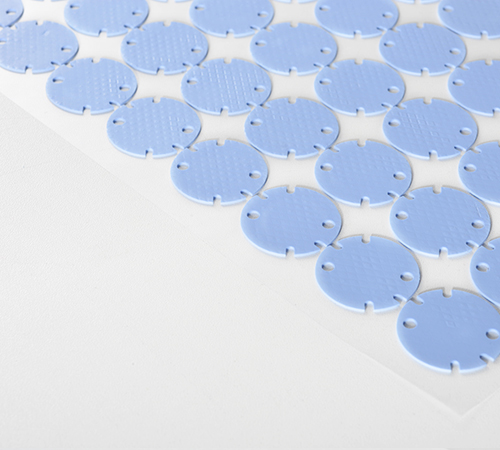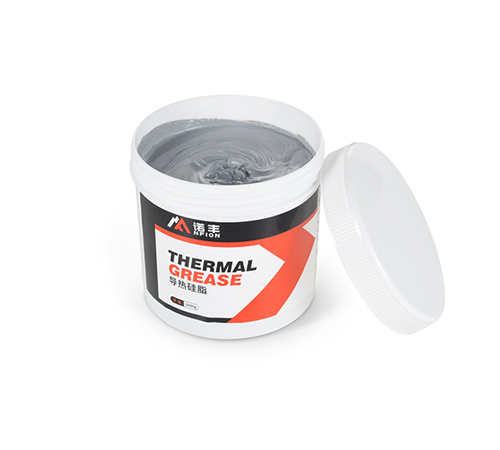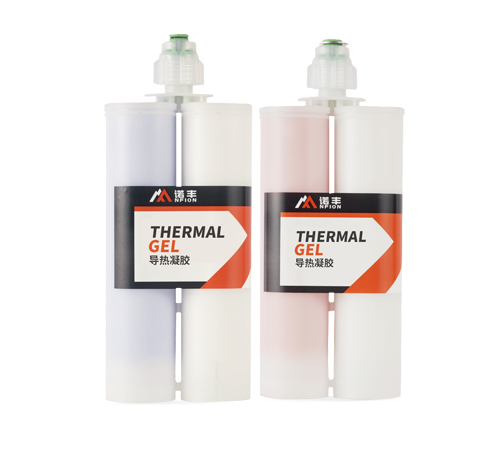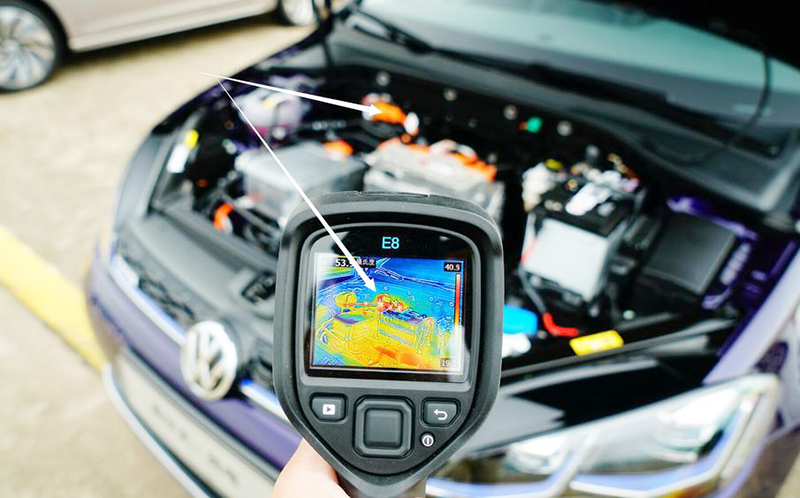
Thermal management is an engineering discipline that involves scientifically designing and implementing effective heating, cooling, or insulation measures to control the distribution of heat within or on the surface of a specific system or device, as well as the transfer of heat and temperature levels, ensuring that the system operates within an appropriate temperature range under expected working conditions. This prevents overheating, overcooling, or other thermal-related issues, thereby safeguarding the system's performance, stability, safety, and energy efficiency.
Imagine stepping into a room on a sweltering summer day without air conditioning or a fan; you would feel unbearably hot due to the lack of effective thermal management. Conversely, if the room had an efficient air conditioner, it would absorb and expel indoor heat while introducing cool air, making you feel comfortable. This is a simple example of thermal management in everyday life.
In broader contexts, thermal management plays a crucial role in controlling heat in various equipment and systems. Whether in automotive engines, data centers, electronic devices, or even aerospace applications, thermal management is indispensable. It employs various means, such as heat dissipation, insulation, and conduction, to ensure that devices operate within suitable temperature ranges, preventing overheating-induced performance degradation, damage, or accidents.
Thermal management is like a skilled dancer gracefully navigating through a complex web of heat, allowing various devices and systems to perform optimally, much like a melody in the dance of life. It is an integral part of modern technology, enhancing our lives with convenience, safety, and comfort.
Thermal management encompasses several key aspects:
1.Objects and Environment: Thermal management targets any entities generating, consuming, or affected by heat, such as electronic devices (e.g., smartphones, computer chips), automotive powertrains (including internal combustion engines, battery packs, electric motors, and electronic control units), industrial equipment, buildings, aerospace vehicles, and even biological organisms (like humans). These objects typically exist within specific environmental conditions, such as outdoor temperature, airflow, radiation conditions, which influence heat exchange.
2.Heat Sources and Loads: Identifying and analyzing internal heat sources within a system, such as electrical component losses, heat generated from chemical reactions, frictional heat, and external heat loads imposed, like solar radiation, surrounding medium temperatures. Understanding the magnitude, distribution, and patterns of heat sources is fundamental to thermal management.
3.Heat Transfer Mechanisms: Thermal management takes into account the three basic modes of heat transfer: conduction, convection, and radiation. By judiciously designing material properties, structural layouts, cooling channels, heat sinks, thermal interface materials, etc., it promotes or impedes heat transfer to achieve the desired heat distribution pattern.
4.Management Strategies and Means: These can be either active or passive. Active thermal management typically employs mechanically or electronically driven cooling devices, such as fans, pumps, heat pipes, phase change cooling, liquid cooling systems, air conditioning systems, which actively transfer or dissipate heat. Passive thermal management relies on the inherent thermal properties of materials (e.g., high thermal conductivity, high specific heat capacity, phase change materials) and design features (e.g., heat sinks, insulation layers, natural convection-enhancing structures) to control heat.
5.Monitoring and Control: Modern thermal management systems often integrate sensors and controllers to continuously monitor temperatures at critical locations and automatically adjust the operating status of cooling devices or system parameters based on pre-set strategies, achieving dynamic thermal balance and fault anticipation.
6.Performance Optimization and Objectives: Thermal management goals may include improving device operational efficiency, extending service life, preventing heat-related safety risks (e.g., battery thermal runaway), enhancing user comfort (e.g., vehicle cabin temperature control), reducing energy consumption, and adapting to extreme environmental conditions.
In summary, thermal management is a comprehensive engineering field that combines knowledge from disciplines like thermodynamics, heat transfer, materials science, fluid mechanics, electronic engineering, and control theory. Its purpose is to employ scientific methods and technological means to effectively manage and control various thermal phenomena, meeting the thermal performance demands of diverse systems and devices across different application scenarios. With technological advancements, thermal management increasingly plays a vital role in enhancing energy efficiency, promoting energy conservation, and ensuring the safe and stable operation of equipment.

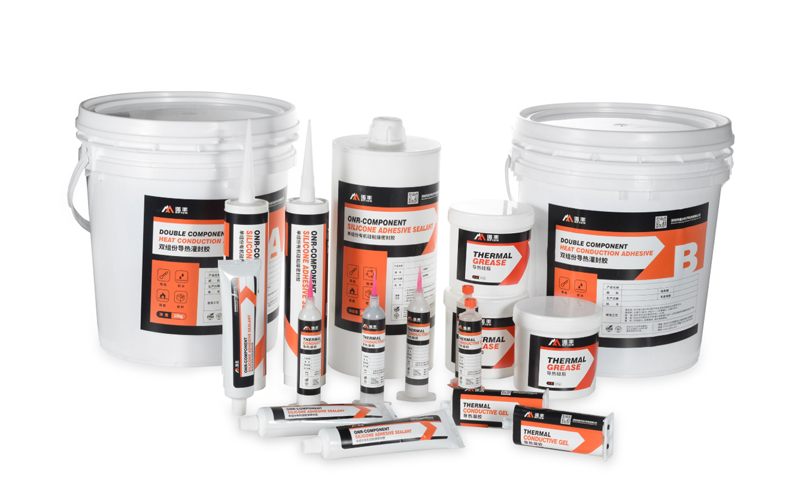
 CN >
CN >
